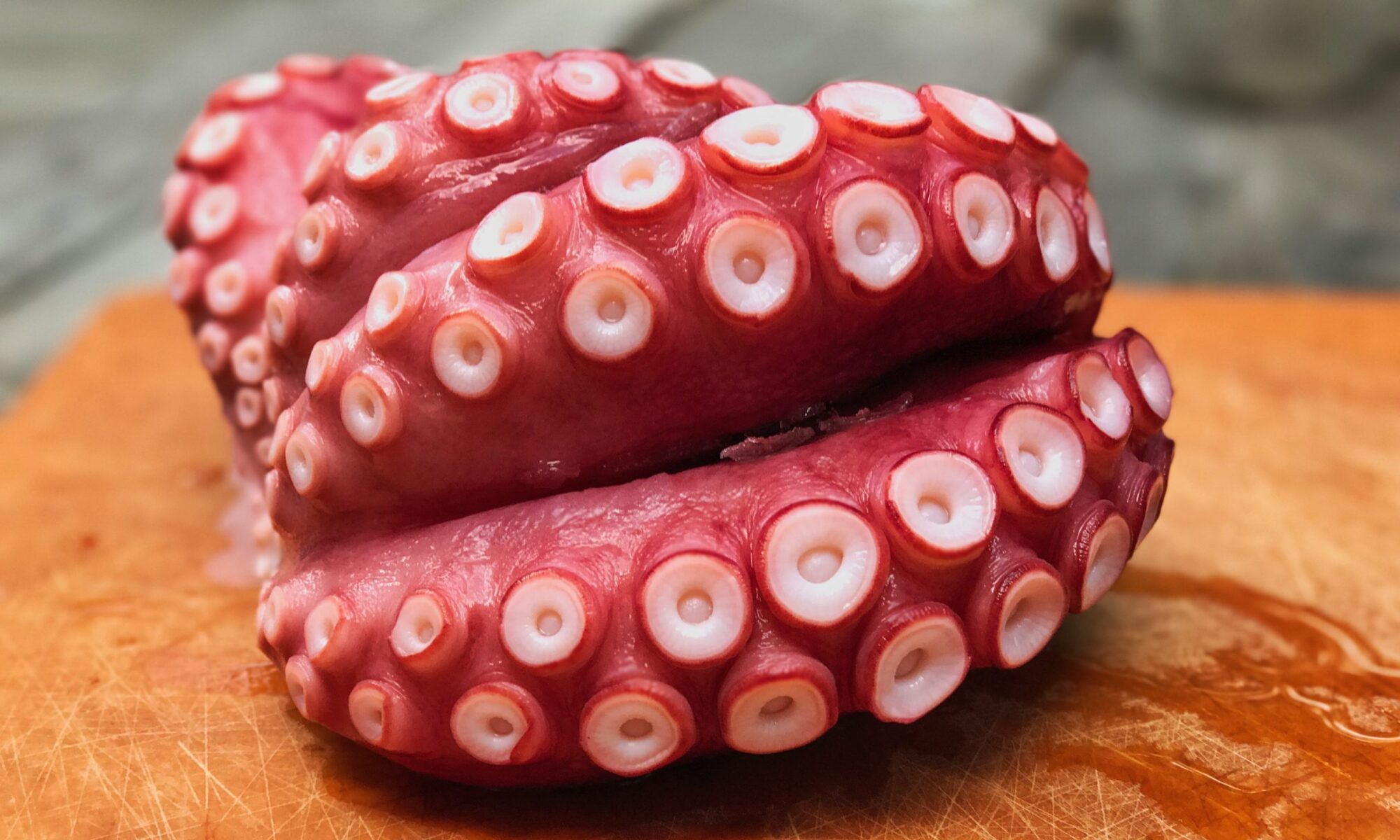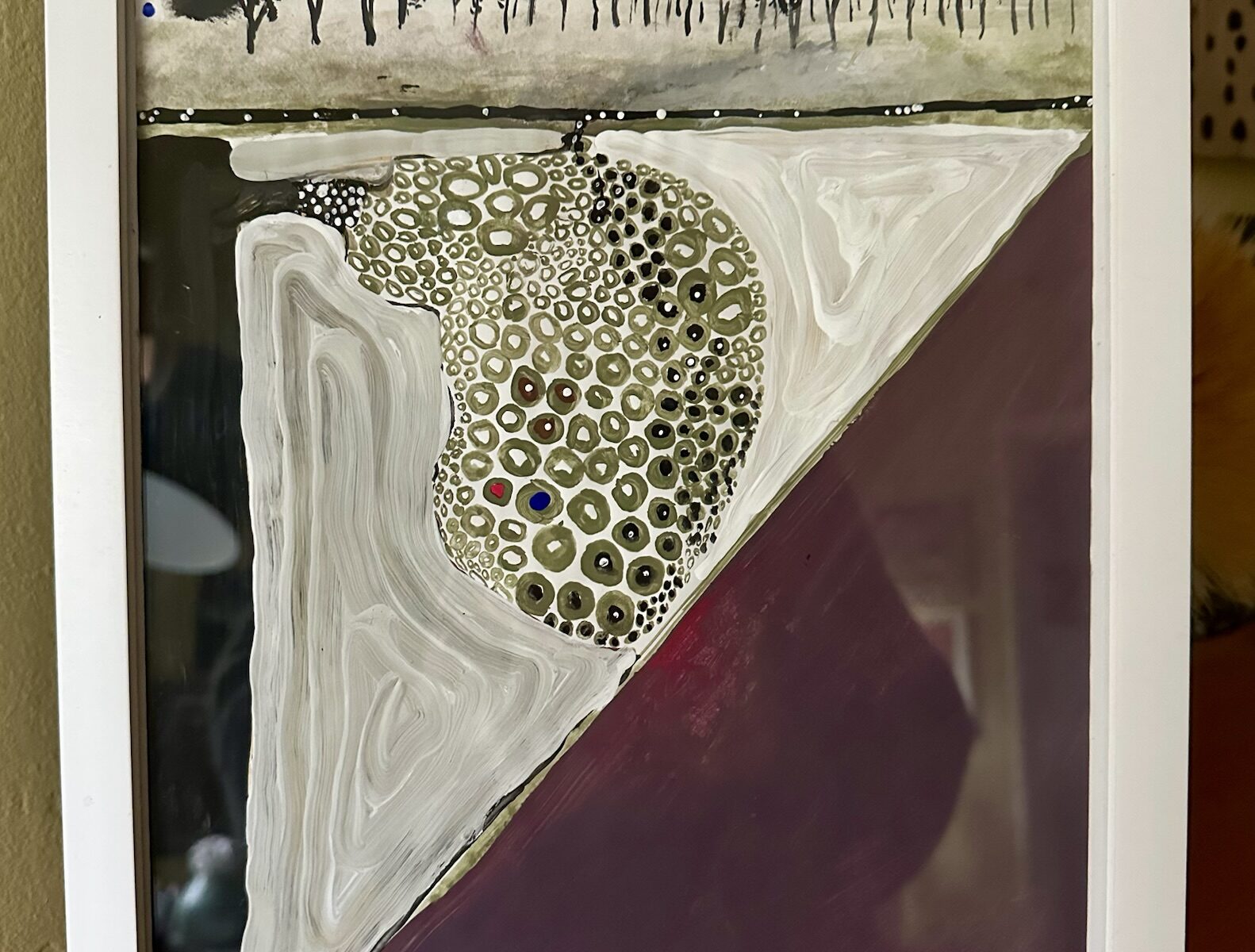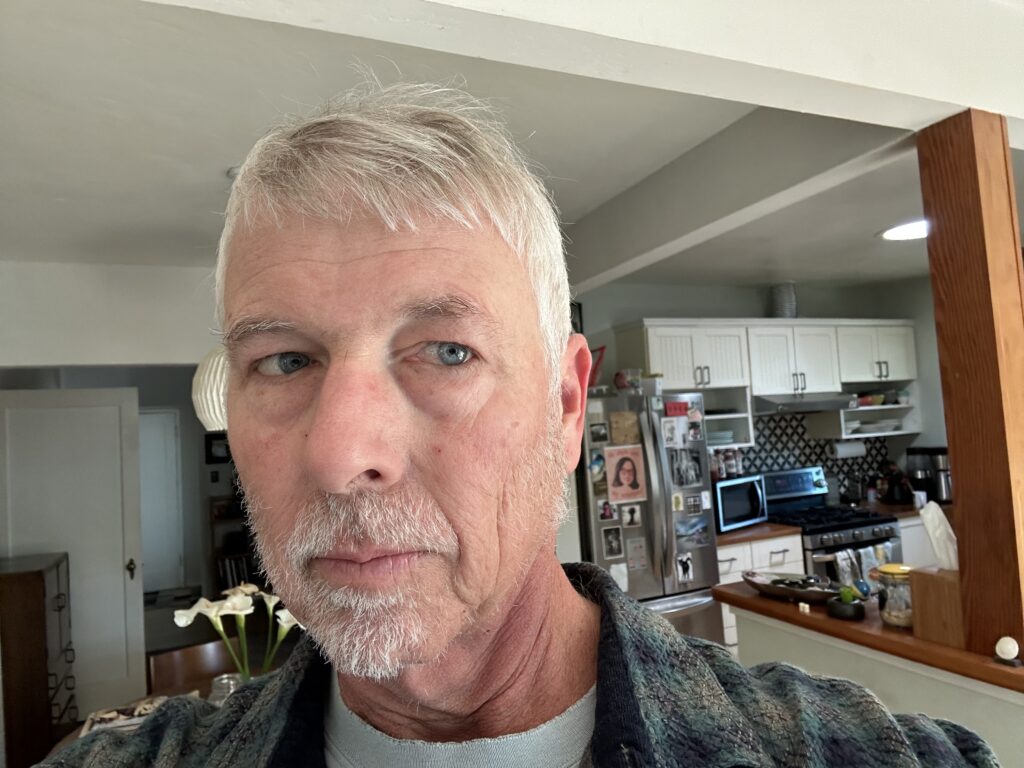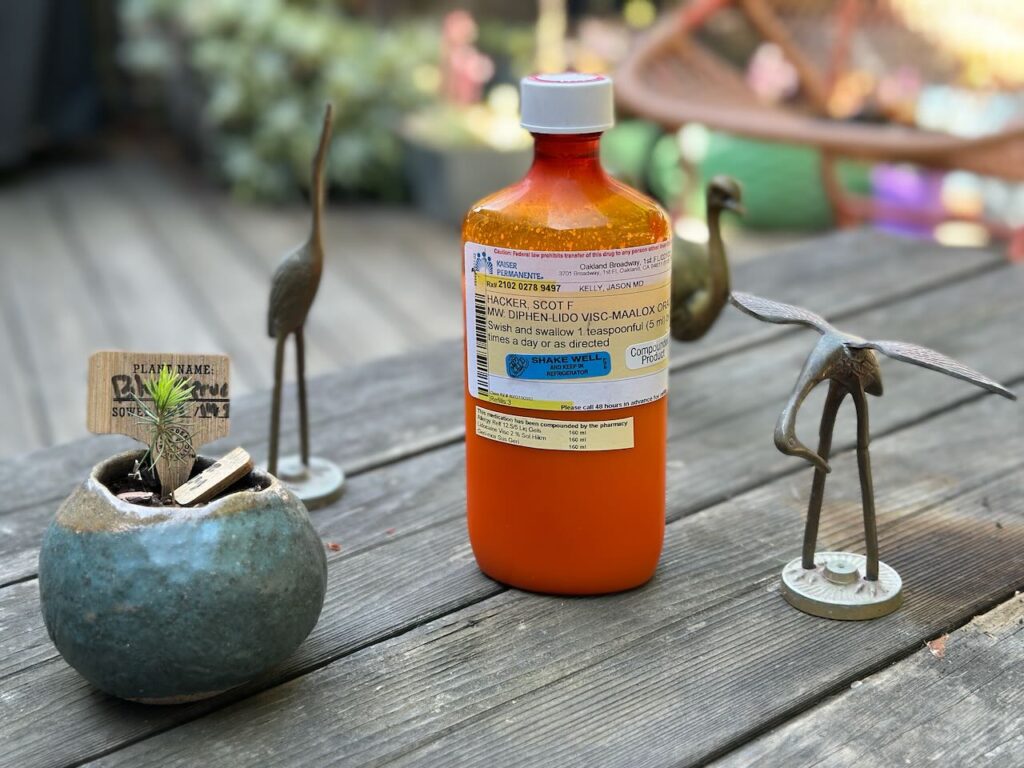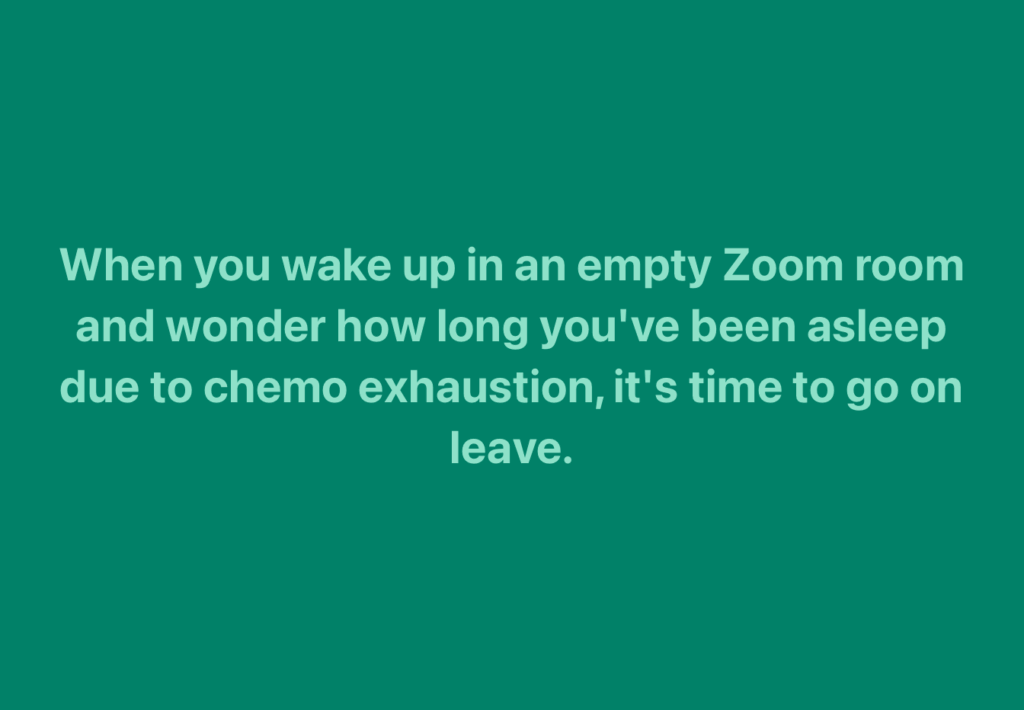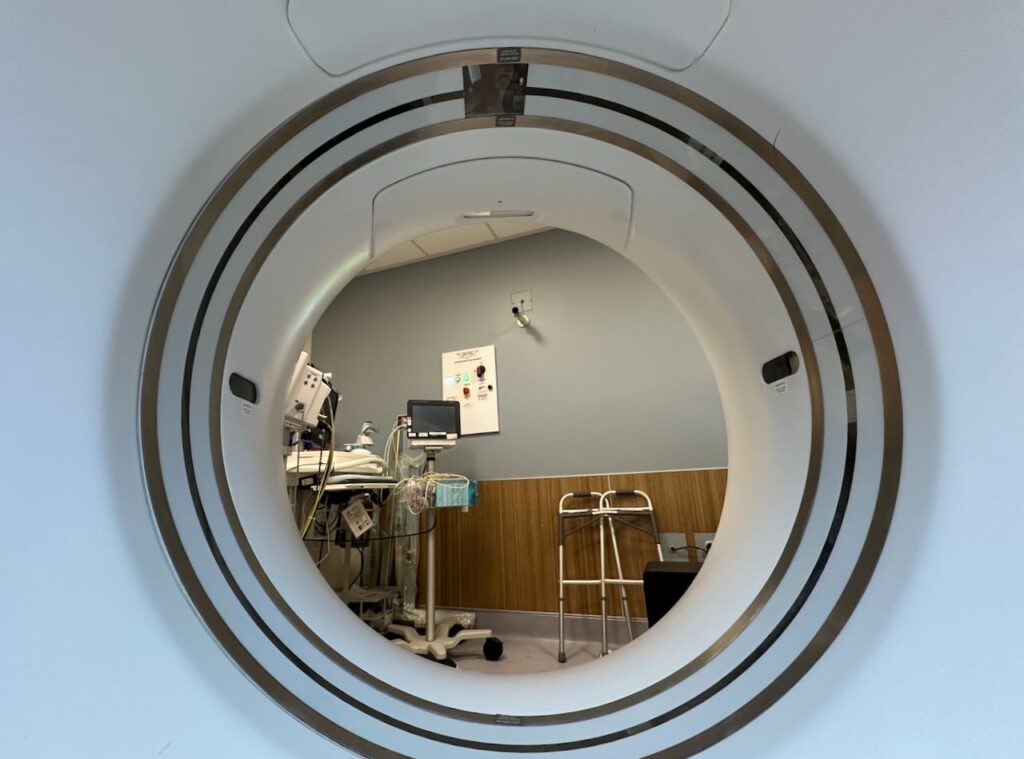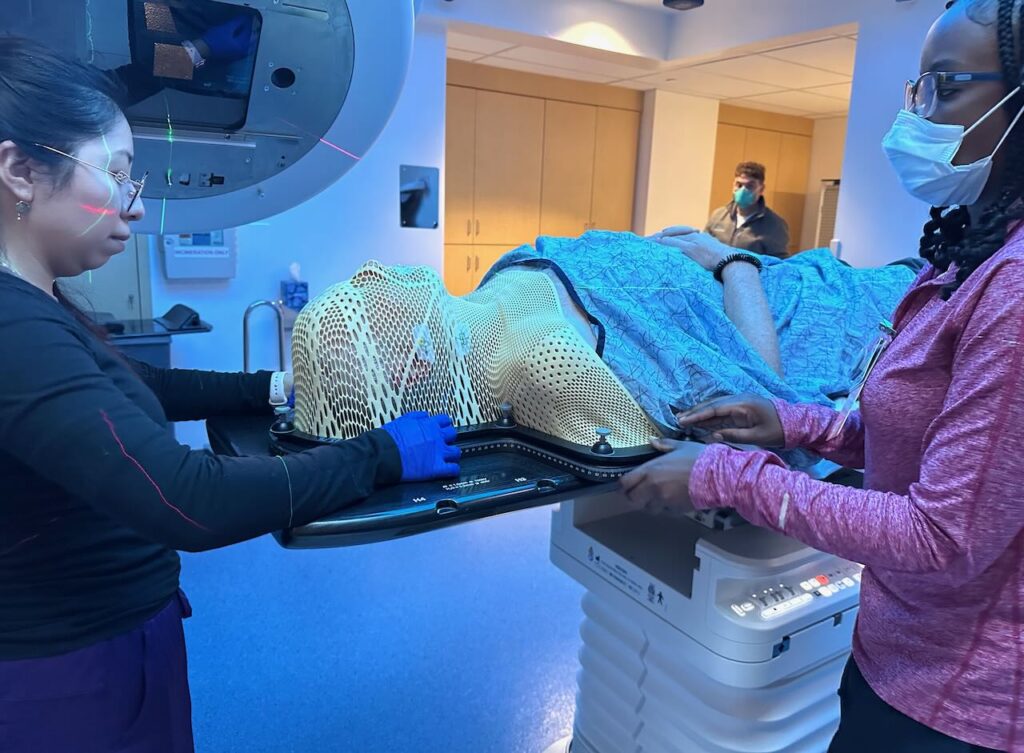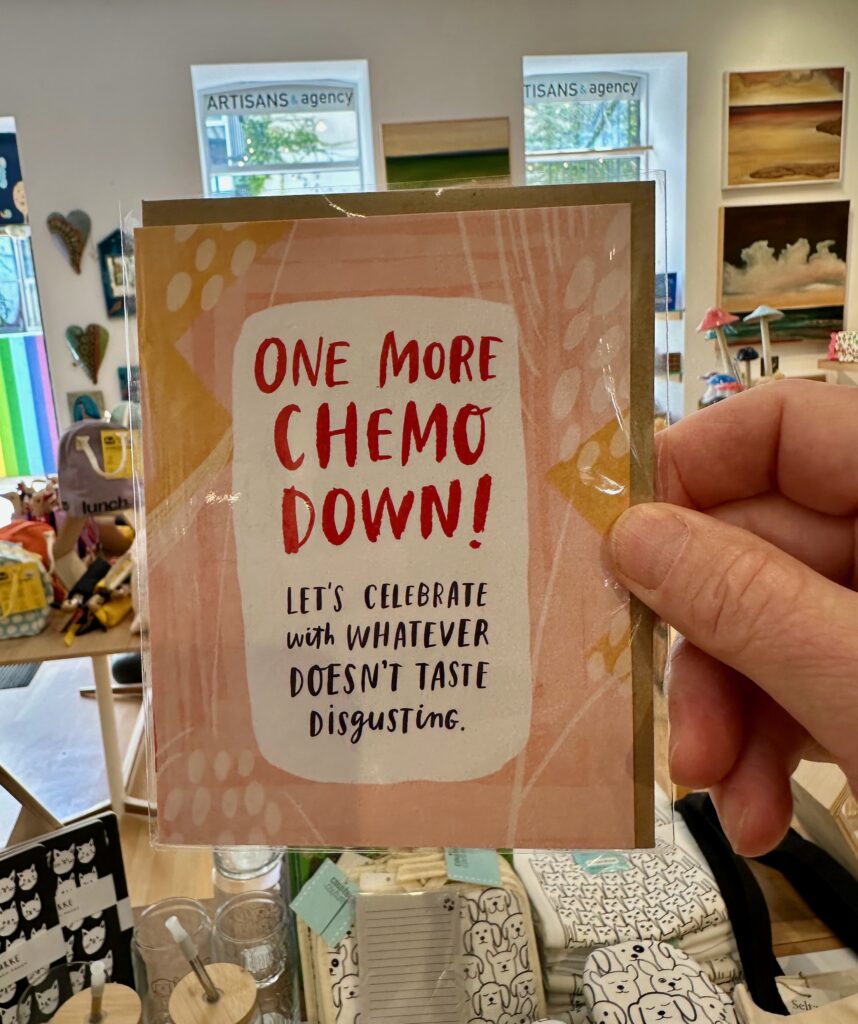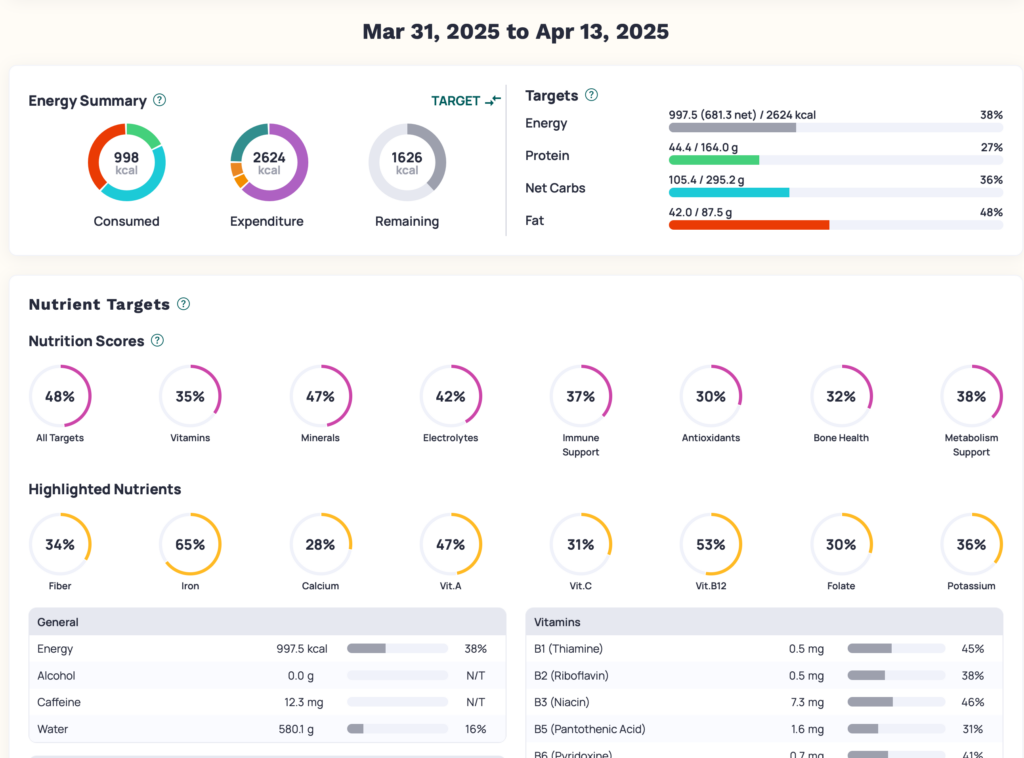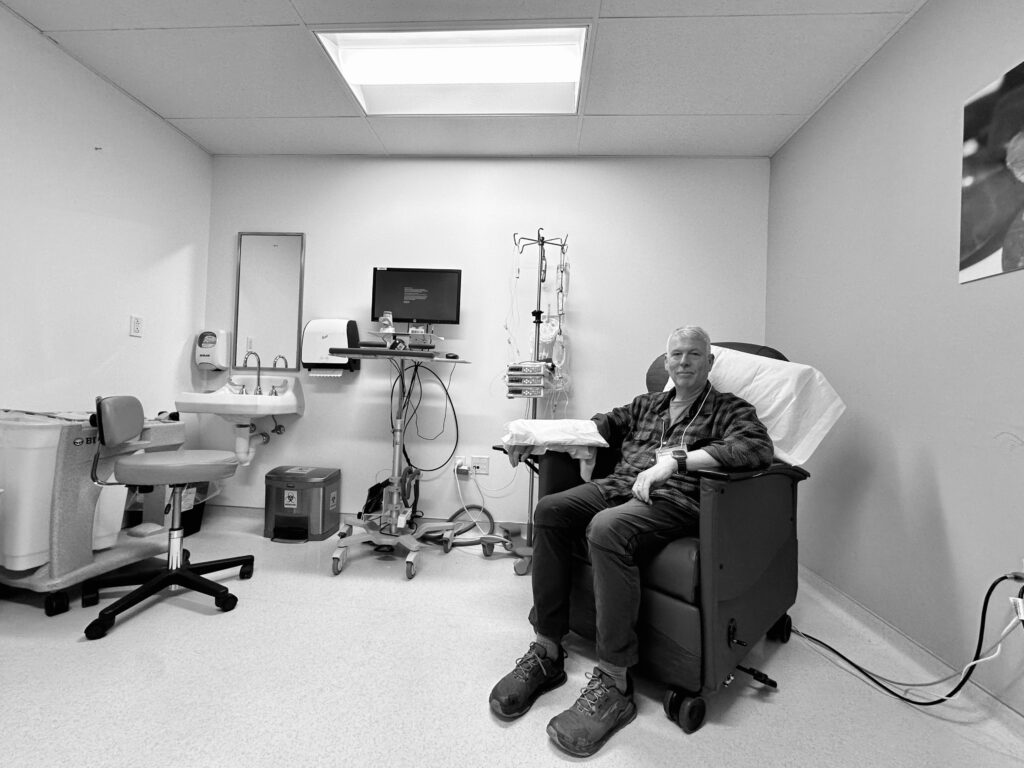Several friends who are also survivors have shared variants of “There will be silver linings to all of this,” and I have been on the lookout. They’re not hard to find: I have, above all, slowed down. My tendency to fill every moment with stimulation and activity has been tamped way down – I no longer feel the need to fill every weekend with cycling and kayaking and photography outings, and am discovering the joy of unstructured time, which can then be filled with things like, you know, actually reading a book for a change, or listening to an album in its entirety. I’ve found time for collage, for chipping away at the “Staycation” todo list, etc.
But one of the most important silver linings that has brought me peace and joy has been the stream of art gifts that people in my life have shared, and I wanted to re-share those with you here.
First, my brother John, who undertook an incredible project. At the start of my treatment, I received a handmade card with a collaged cover. Inside, quotations from various sources – inspirational, Buddhistic, or from his own thoughtful mind. A message of strength to support me through this difficult passage.
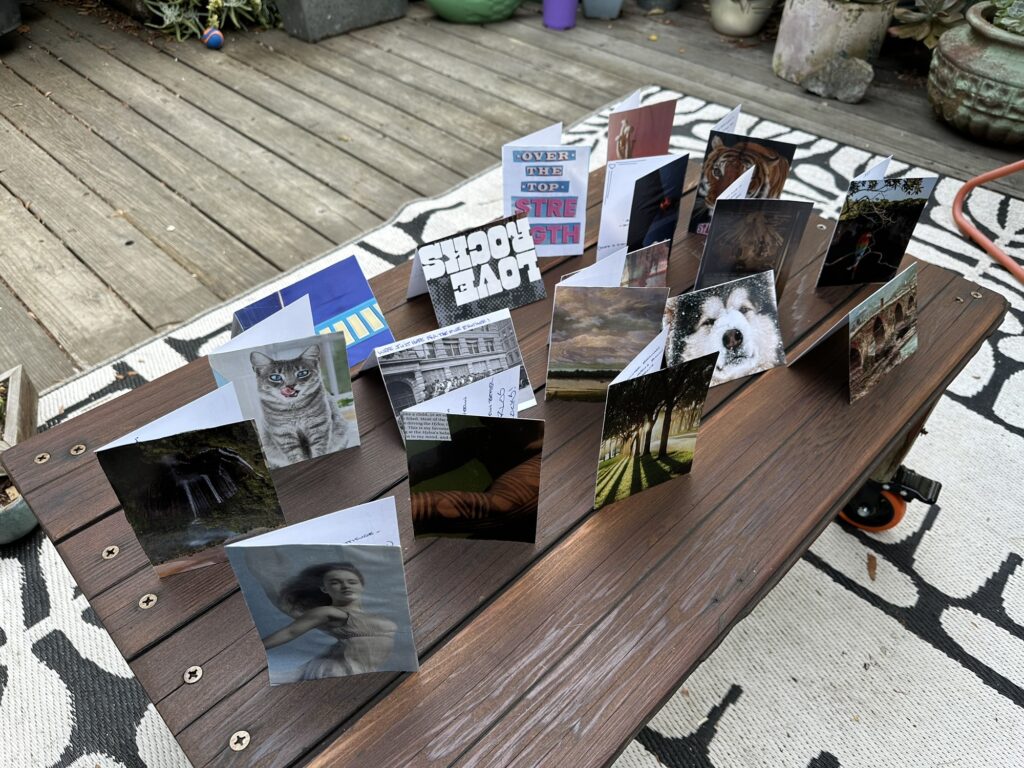
The next day, another arrived. Then another. And another. I soon realized that he had committed to creating a piece of hand-made inspirational art every single day, to share his love and to encourage me to stay strong and resilient. I have been blown away daily by his incredible tenacity in delivering this stack of beautiful cards. Thank you so much John – your project means more to me than you could possibly know.
Continue reading “Buoyed by Art Gifts”